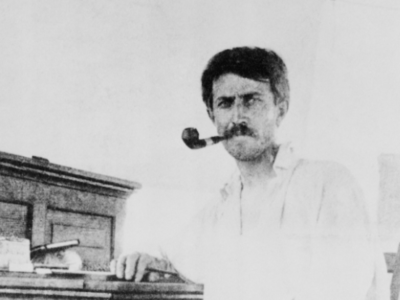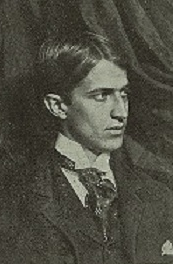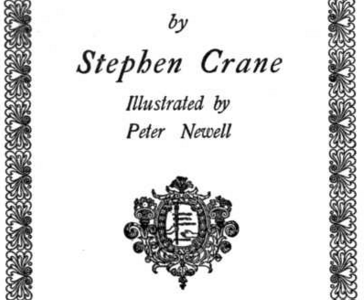Apart from studying who Crane affected, studies have been conducted to see who affected Crane. After much research, analysts concluded that Crane’s creed, the origin of his writing style, was, unlike other authors, seemingly, independently realized. The only traceable impact an author had on Crane was Rudyard Kipling and his novel The Light that Failed. S. C. Osborn notes that Crane’s famous image at the end of Chapter IX in The Red Badge of Courage, “The sun was pasted against the sky like a wafer,” is also in Kipling’s The Light That Failed. In The Light that Failed, a young boy called Dick Heldar grows up to become a successful artist thanks to his illustrations on wars for the London newspapers. Osborn concludes that Crane’s early works have strong reflections of Kipling’s work, such as the “impressionistic ‘modern’ imagery, the sententious, often flippant, dialogue, and a keen sense of the ironic”. Crane was equally affected by the problems of his time. For example, when Crane visited the slums of New York and saw unfortunate people in poverty and suffering along, and he decided to write about it in Maggie: A Girl of the Streets. However, an even bigger real world problem conveyed in Crane’s work was the problem of racism and how it was reflected in The Monster and The Whilomville Stories.



